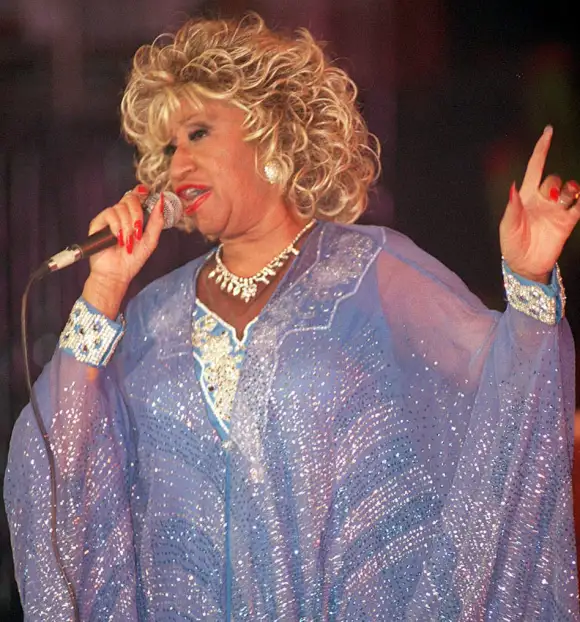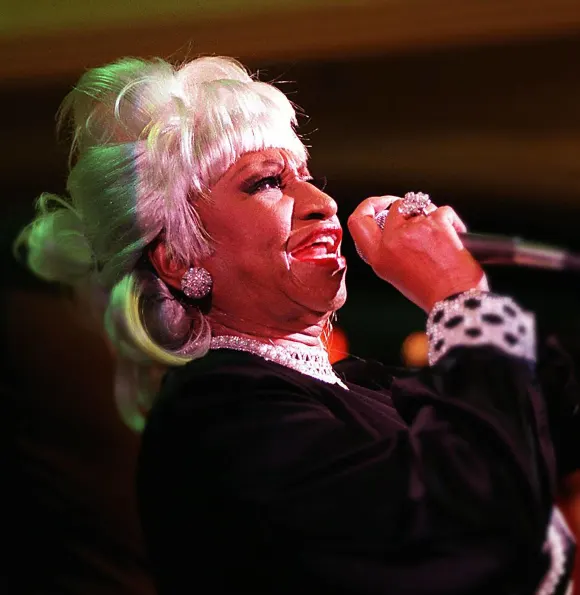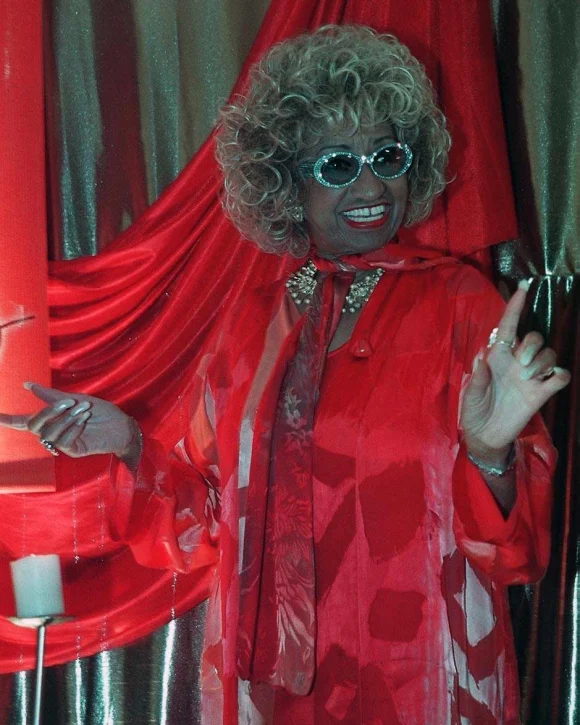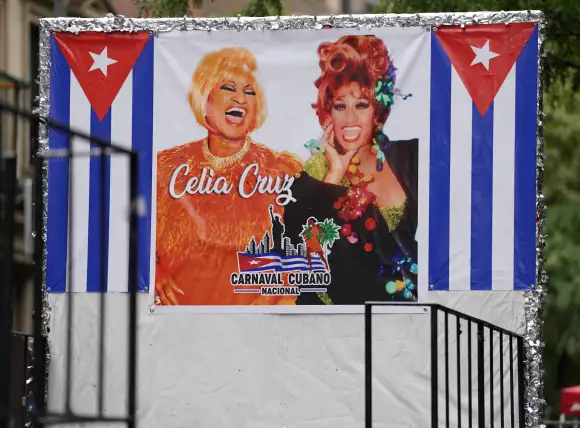If there ever was a woman who could make a salsa out of life’s toughest ingredients—like exile, hardship, and the occasional glass of rum—it's Celia Cruz. Born in Havana, Cuba, on October 21, 1925, Celia was destined to be the voice of an entire musical genre, a global icon, and a woman whose energy could light up a stadium even without a microphone.
Retro Blast: Latin Icon Celia Cruz's Cause Of Death
But how did a girl from Havana become a hurricane of joy, defying the odds with a voice as powerful as a Caribbean cyclone? Grab your maracas and put on your dancing shoes, because this is a deep dive into the life and times of Celia Cruz.











